The Ha Giang Loop, Vietnam is an adventure motorcyclist's dream. With its winding mountain roads, stunning scenery, and unique cultural encounters, it's no wonder this journey is a top pick for Frontier Travel Vietnam's tours. This rider's guide will take you through everything you need to know to experience this iconic route.
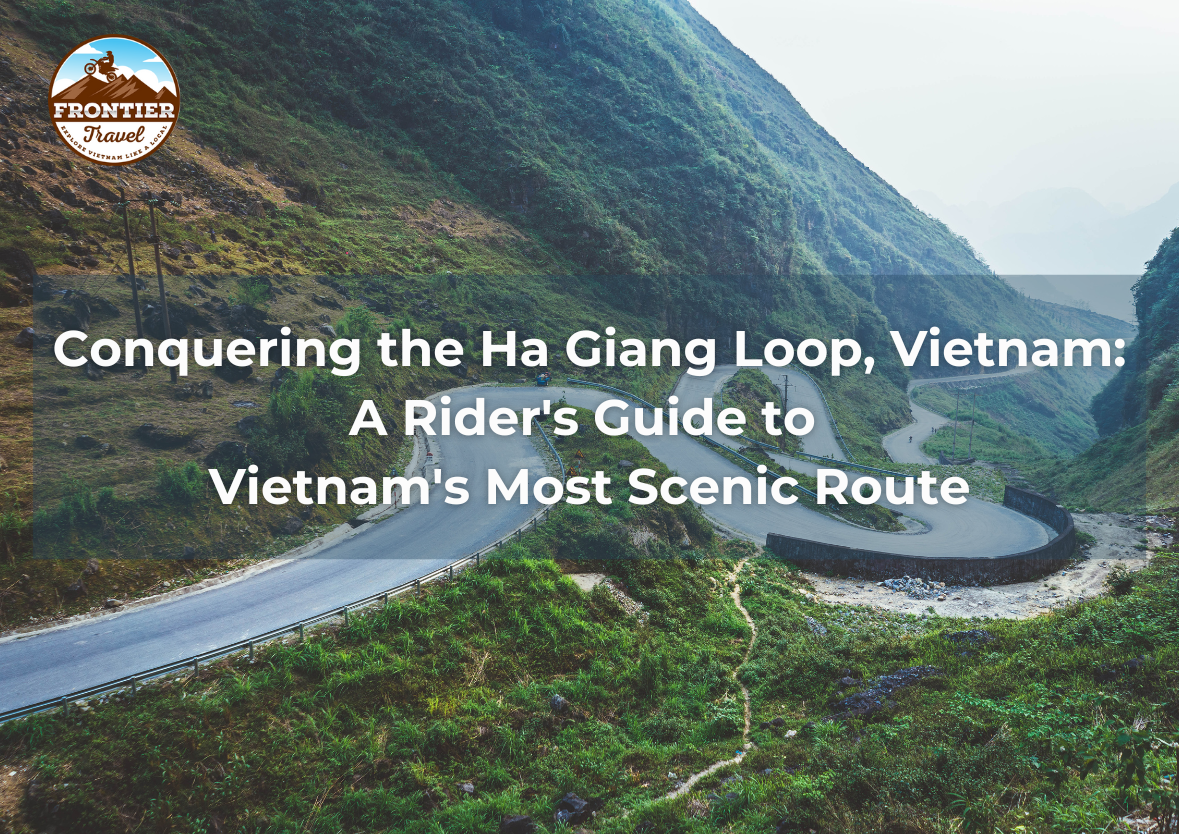
Is Ha Giang Loop, Vietnam worth visiting?
Yes, the Ha Giang Loop is undoubtedly one of Vietnam's most spectacular regions, located about 300 kilometers north of Hanoi. Known for its dramatic karst landscapes, terraced rice fields, and vibrant ethnic minority cultures, Ha Giang, Vietnam, is a destination that should be on every traveler's bucket list.
Visiting Ha Giang means immersing yourself in the heart of Vietnam's most pristine and untouched areas. The region's remote location and challenging terrain have kept it relatively free from mass tourism, allowing visitors to experience an authentic slice of Vietnamese life. From the breathtaking views of the Ma Pi Leng Pass to the colorful markets of Dong Van and Meo Vac, every corner of Ha Giang Loop, Vietnam, tells its own story.
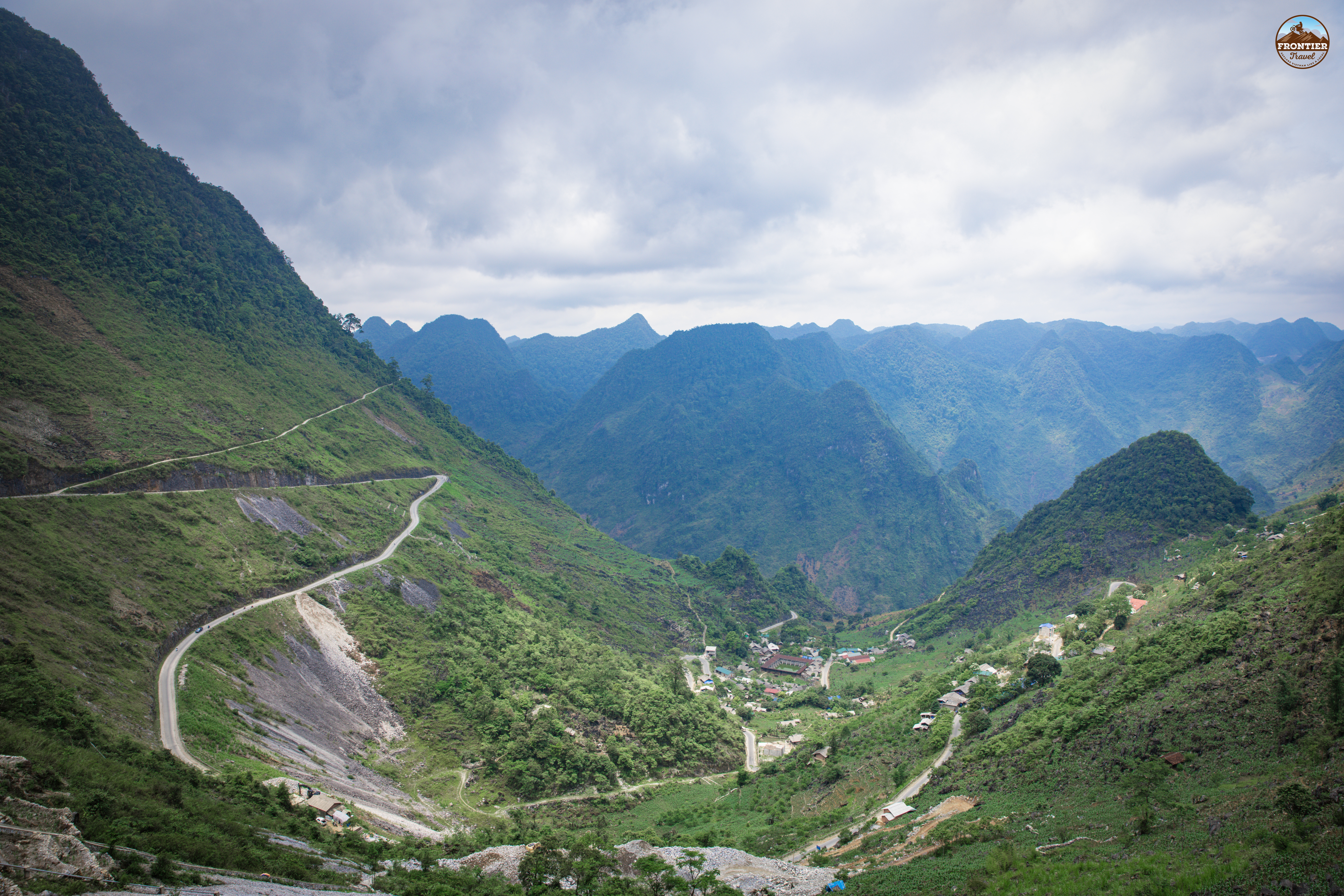
What is the weather like in Ha Giang Loop, Vietnam?
The weather in Ha Giang varies significantly depending on the season, and it's crucial to plan your trip accordingly.
The best time to visit Ha Giang Loop, Vietnam, is during the dry season, which runs from October to April. During this period, the weather is cool and pleasant, with clear skies offering the best conditions for sightseeing and photography. The average temperatures range from 10°C to 25°C, making riding and outdoor activities comfortable.
From May to September, the rainy season brings heavy rainfall and occasional landslides, making the roads challenging to navigate. However, the landscape during this time is incredibly lush and green, offering a different kind of beauty.
How to get from Ha Noi to Ha Giang Loop?
Getting to the starting point of the Ha Giang Loop from Hanoi involves a few options, each with its own advantages. Whether you prefer the convenience of a taxi or the thrill of exploring on two wheels, here's what you need to know.
Taxi
Hiring a private taxi from Hanoi to Ha Giang, Vietnam, is a viable option for those who prefer comfort and convenience. This method offers door-to-door service and the flexibility to stop for breaks or sightseeing. The journey takes approximately 6-7 hours, depending on traffic and road conditions.
Expect to pay around 3,000,000 - 3,500,000 VND ($125-$145 USD) for a one-way private taxi. Prices may vary depending on the taxi company, type of vehicle, and negotiation skills.
While travelers often prefer ride-hailing apps, these services are less common for longer intercity trips in Vietnam. It's recommended to book through reputable taxi companies like:
- Mai Linh Taxi: A well-established taxi company with a nationwide presence.
- G7 Taxi: Known for its modern fleet and reliable service.
- DichungTaxi: A platform that allows you to compare prices and book taxis from different companies.
Motorbike
For the ultimate adventure, renting a motorbike is popular among travellers looking to conquer the Ha Giang Loop. Frontier Vietnam offers comprehensive motorbike tours, including bike rental, guided tours, and safety gear. Riding a motorbike allows you to fully experience the stunning landscapes and remote areas of Ha Giang at your own pace.
The journey from Hanoi to Ha Giang Loop, Vietnam, by motorbike typically takes about 8-10 hours, and it's recommended to break the trip into two days to ensure safety and enjoy the scenery.
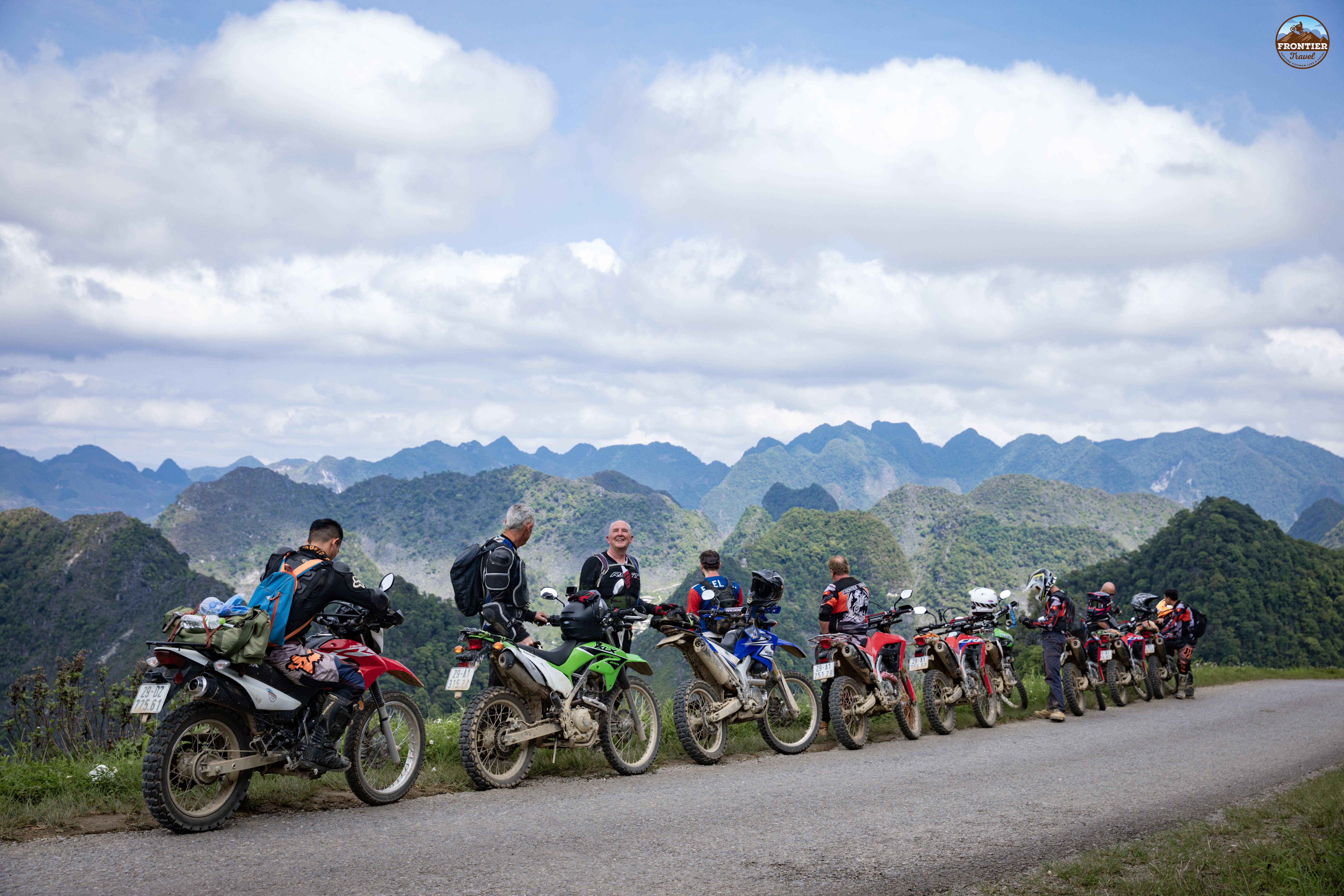
What to see and do in Ha Giang Loop, Vietnam?
The Ha Giang Loop is brimming with natural wonders and cultural experiences that will leave you in awe. Let’s discover a few of the must-see sights that will make your journey unforgettable:
Quan Ba Pass and the Twin Mountains
Quan Ba Pass, or Heaven's Gate, is the first major pass you encounter when entering the Ha Giang Loop from Tam Son town. The pass offers a panoramic view of the mountains and valleys, setting the tone for the breathtaking landscapes you will experience throughout your journey. The Twin Mountains, or Fairy Bosom, are unique natural formations that rise symmetrically from the rice terraces, creating a striking and memorable vista.
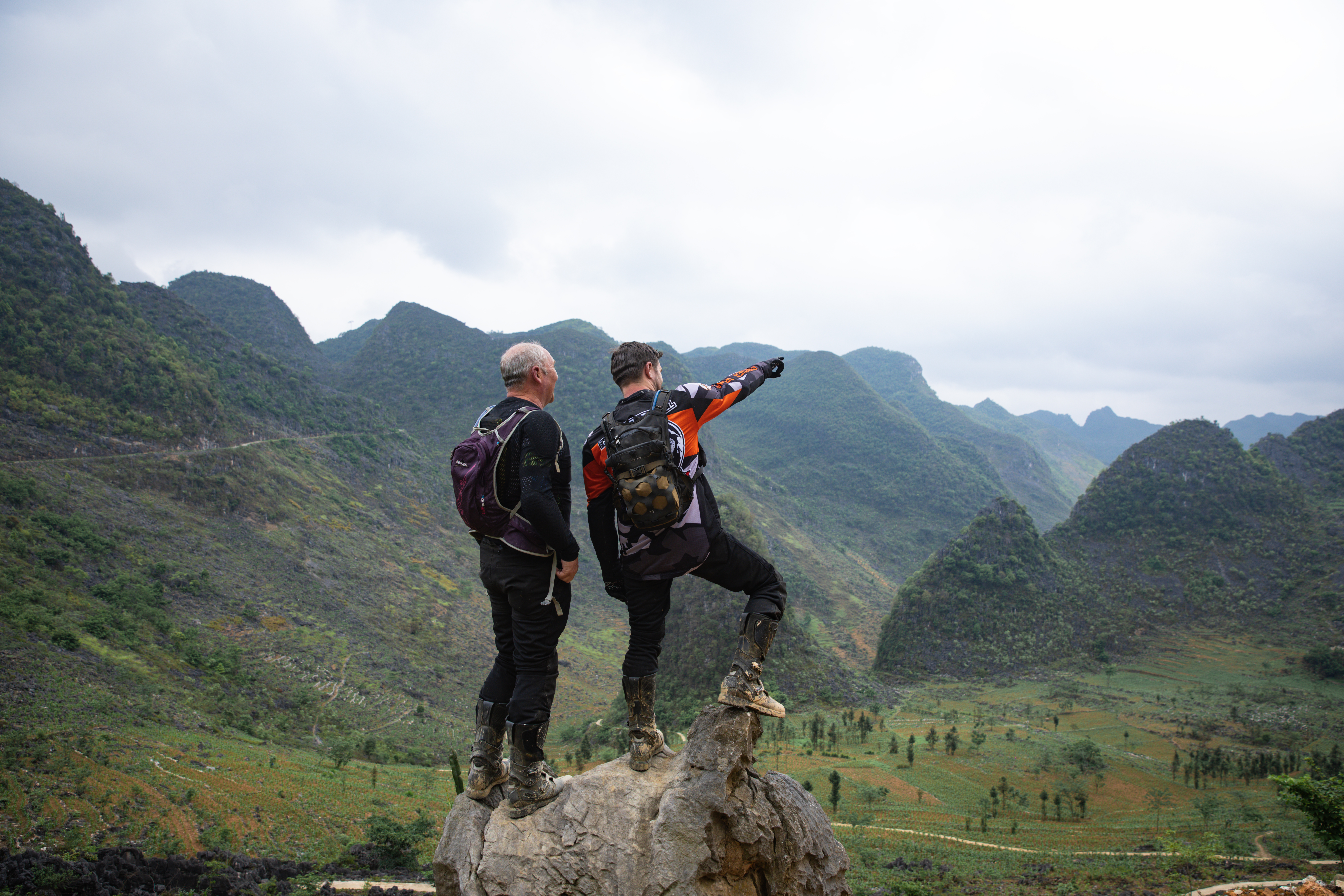
Lung Khuy Cave
Lung Khuy Cave, located near Quan Ba, is a hidden gem that showcases the natural beauty of Ha Giang's karst landscape. This cave is adorned with impressive stalactites and stalagmites, allowing visitors to explore its mysterious and captivating interior. Visiting Lung Khuy Cave provides a serene and awe-inspiring experience away from the main tourist trail.
Tham Ma Pass
Tham Ma Pass, also known as Horse's Chin Pass, is a must-see on the Ha Giang Loop. Its sharp, zig-zagging road winds through impressive cliffs at an altitude of 1500 meters. The Hmong people have skillfully adapted to this challenging environment, and their unique way of life is fascinating. Once used for testing the strength of horses, today, this pass offers stunning scenery and cultural insights.
For an unforgettable adventure, consider joining Ha Giang Loop: 7-Day Motorcycle Expedition to experience this iconic route.
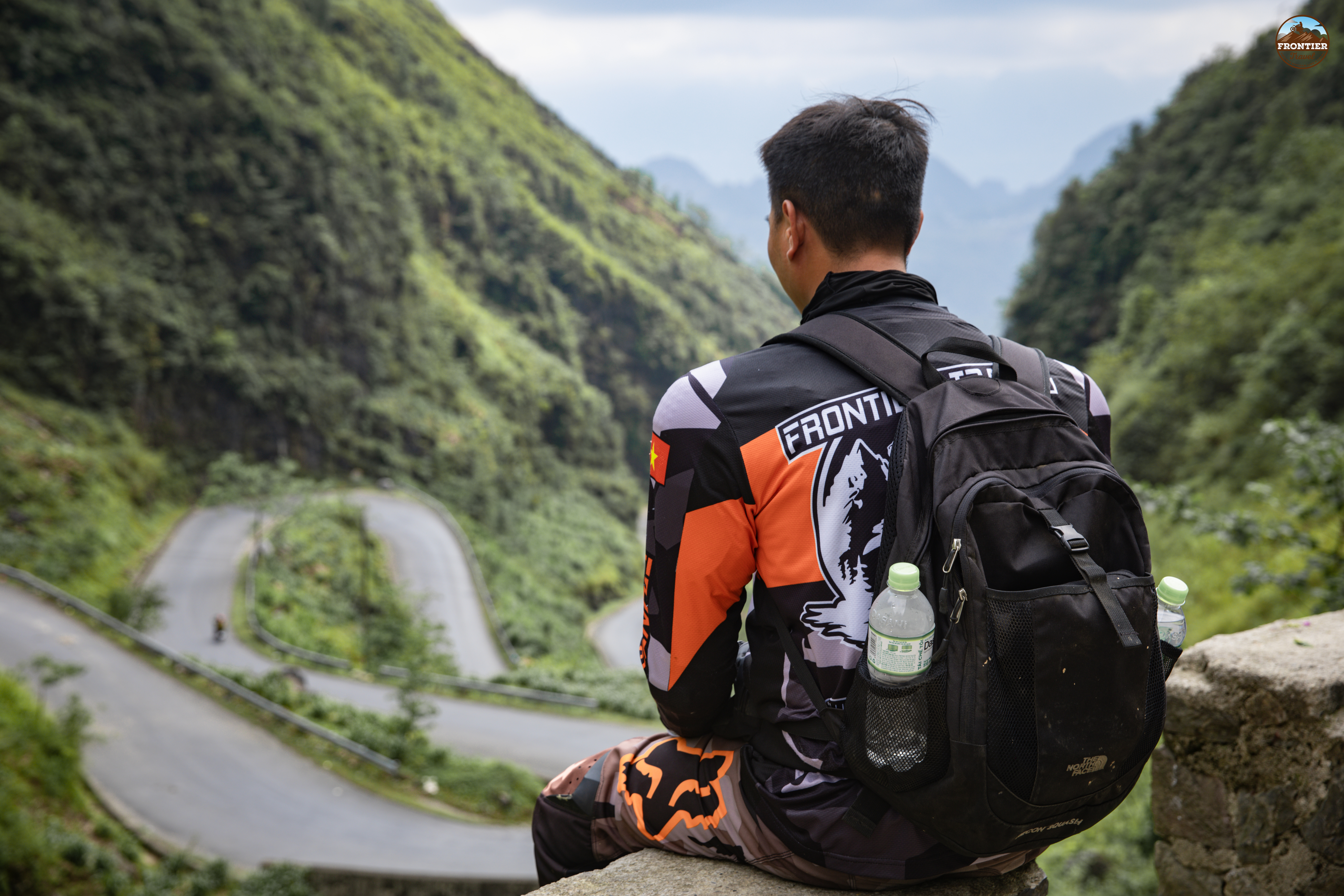
Sung La Valley
Sung La Valley is a picturesque area known for its charming villages and terraced rice fields. This valley is home to the Hmong ethnic community, and visitors can experience their traditional lifestyle and culture. The peaceful ambiance and stunning scenery of Sung La Valley make it an ideal place to relax and immerse yourself in the local way of life.
H’mong King Palace
The H’mong King Palace, also known as the Vuong Family Residence, is a historical site that offers a glimpse into the opulent lifestyle of the H’mong King during the French colonial period. This grand palace, built with a blend of Chinese and French architectural styles, features intricate wood carvings and stonework. Visiting the palace provides an insight into the region's history and the influence of the H’mong people.
Lung Cu Flag Tower
The Lung Cu Flag Tower is a symbolic monument near the Chinese border. Standing at the top of Dragon Mountain, this tower represents Vietnamese sovereignty and pride. Climbing the tower's steps rewards visitors with panoramic views of the surrounding countryside and a sense of national pride. The Lung Cu Flag Tower is a must-visit for those looking to explore the cultural and historical significance of Ha Giang, Vietnam.
Sa Phin Market
Sa Phin Market is a vibrant local market that showcases the daily life and culture of the ethnic communities in Ha Giang, Vietnam. This market is an excellent place to buy traditional crafts, textiles, and local produce. Engaging with the friendly locals and experiencing the bustling atmosphere of Sa Phin Market adds a rich cultural dimension to your journey.
Dong Van Old Quarter and Market
Dong Van's Old Quarter is a historical area featuring ancient houses and buildings that reflect the region's rich heritage. The narrow streets and traditional architecture transport visitors back in time. The Dong Van Market, held every Sunday, is a lively event where locals gather to trade goods and socialize. It's an ideal place to experience the local culture and sample traditional food.
Meo Vac Market
Meo Vac Market, held every Sunday, is one of the most famous markets in Ha Giang, Vietnam. This bustling market attracts ethnic minorities from all over the region who wear colorful traditional attire. The market offers a wide range of goods, from livestock to handmade crafts, and provides a vibrant and authentic cultural experience.
Mau Due Commune
Mau Due Commune is a small village known for its peaceful ambience and stunning natural scenery. It's a great place to relax and take in the tranquillity of rural life. The town is surrounded by lush forests and terraced fields, making it a perfect spot for nature lovers and those looking to escape the hustle and bustle of city life.
Du Gia Village
Du Gia Village is a serene and picturesque area surrounded by mountains and rice terraces. This village is ideal for travellers seeking a quiet retreat and an opportunity to experience the traditional lifestyle of the Tay and Dao ethnic groups. The natural beauty and hospitality of the locals make Du Gia Village a memorable stop on the Ha Giang Loop, Vietnam.
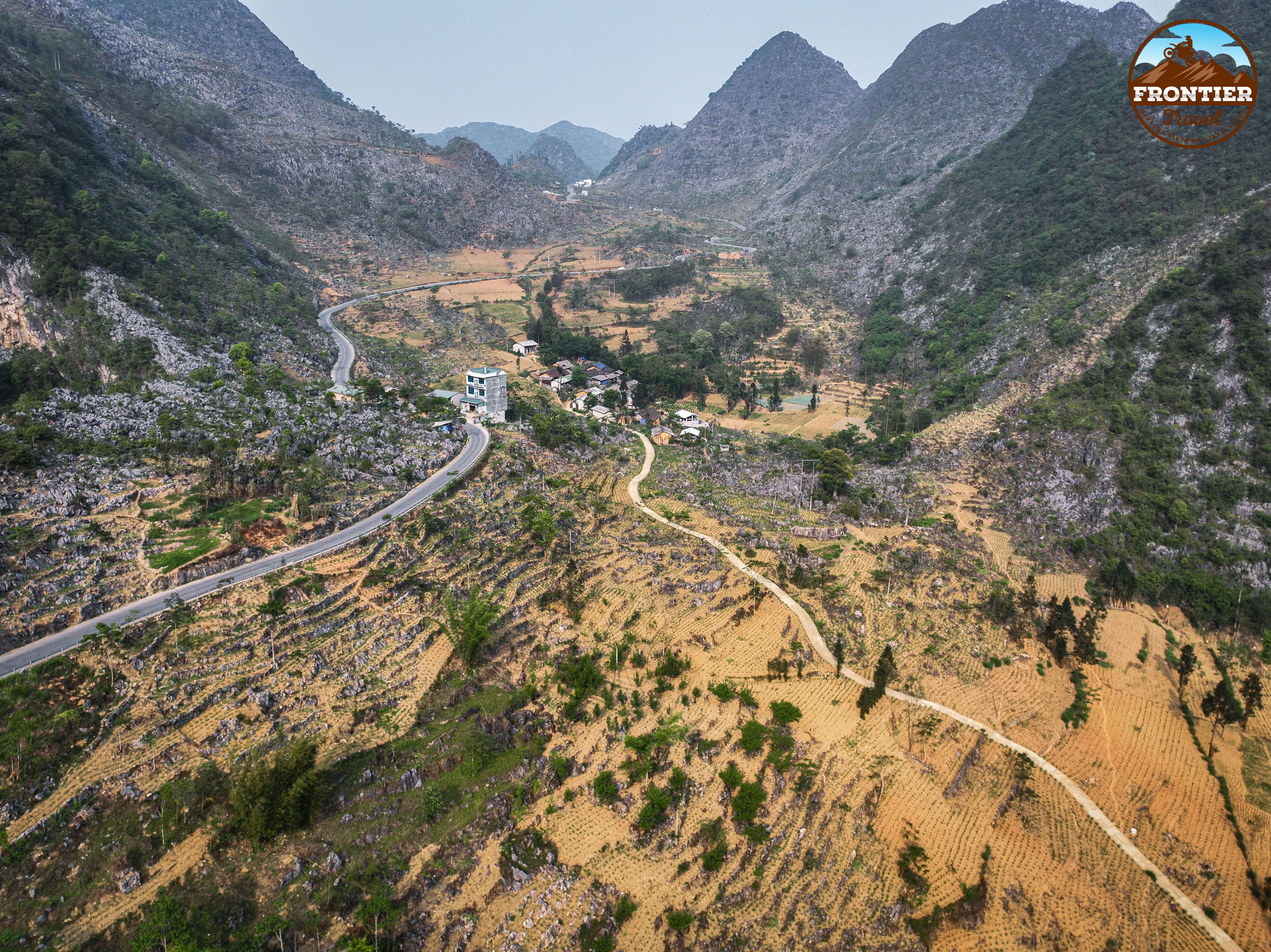
Ma Pi Leng Pass
Ma Pi Leng Pass is often considered the highlight of the Ha Giang Loop, Vietnam. This pass offers jaw-dropping views of the Nho Que River and the surrounding karst mountains. The road carved into the cliffside provides a thrilling ride with breathtaking scenery at every turn. Ma Pi Leng Pass is a must-visit for any traveller looking to experience the most iconic views of Ha Giang.
Nho Que River
The Nho Que River, winding through the mountains and valleys of Ha Giang, Vietnam, offers stunning views and opportunities for boat rides. The river's turquoise waters contrast beautifully with the rugged landscape, creating a picturesque scene that is perfect for photography and relaxation.
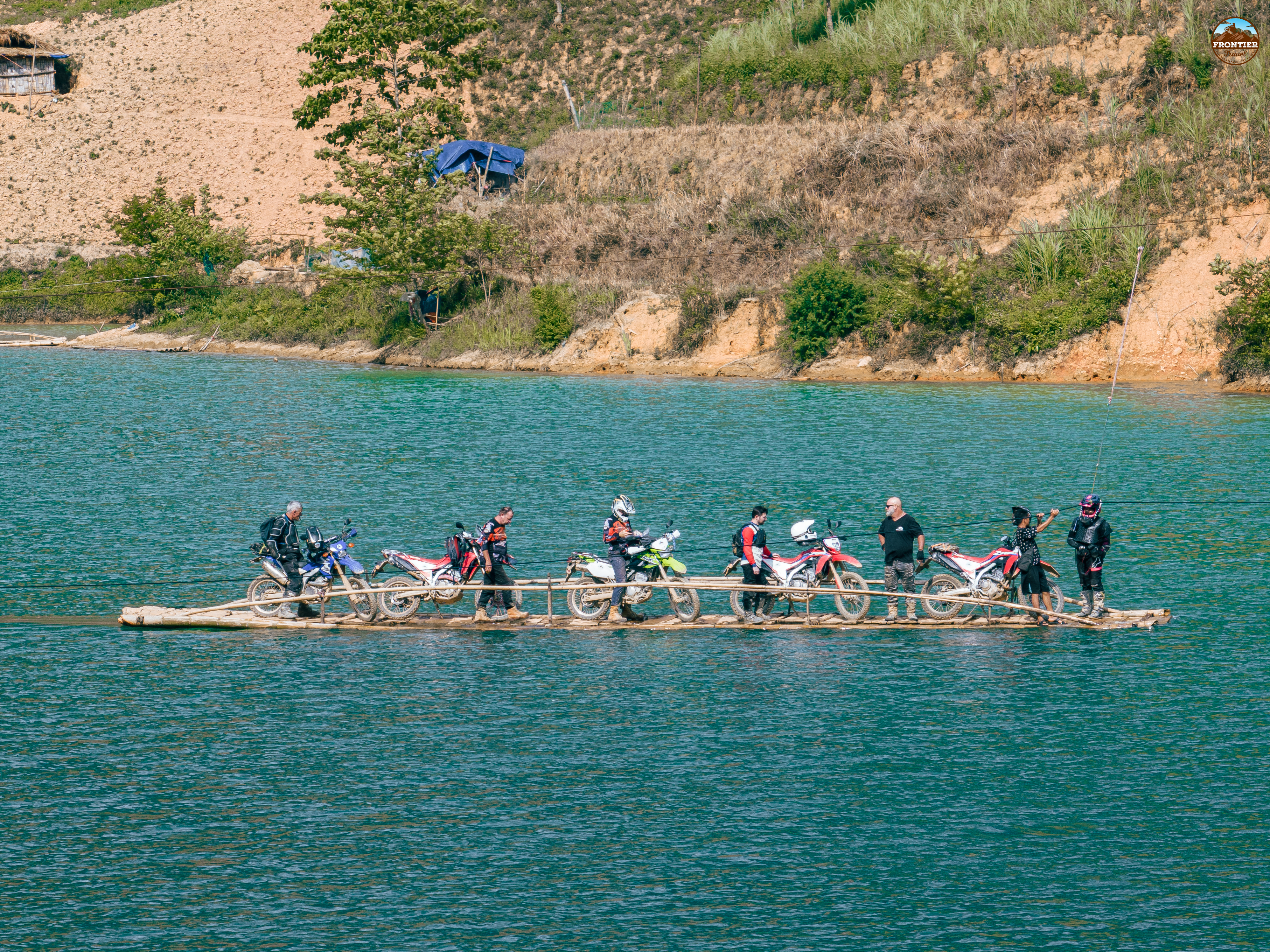
What to pack for Ha Giang Loop, Vietnam?
Packing the right items is essential for a successful and comfortable trip around the Ha Giang Loop, Vietnam. Here's a list of essential items to bring:
- Sturdy clothing: Weather-appropriate clothing that can withstand wind and rain. Layered clothing is ideal to adapt to changing temperatures.
- Good footwear: Comfortable and durable shoes for walking and hiking. Waterproof boots are recommended for the rainy season.
- Protective gear: Helmet, gloves, and knee pads if you're riding a motorbike. Safety should be your top priority.
- Insect repellent: A good insect repellent is crucial to protect yourself from mosquito bites, especially in rural and forested areas. The mosquitoes in Ha Giang, Vietnam can be quite persistent.
- Rain gear: A waterproof jacket and pants to stay dry during sudden downpours. A rain cover for your backpack is also useful.
- First aid kit: Basic medical supplies for minor injuries, including bandages, antiseptic wipes, and any personal medications.
- Sunscreen and sunglasses: Protect yourself from the sun, especially at higher altitudes. A hat can also provide additional protection.
- Camera: Capture the stunning landscapes and memorable moments. Extra memory cards and batteries are recommended.
- Snacks and water: Keep yourself hydrated and energized throughout the journey. Energy bars, nuts, and dried fruits are convenient options.
- Portable charger: Ensure your devices stay charged for navigation and emergencies. A solar charger can be handy in remote areas.
- Cash: ATMs are scarce in remote areas, so carrying sufficient cash is essential. Small denominations are useful for local markets and small purchases.
- Map or GPS device: Navigation tools are crucial for finding your way around the loop, especially in areas with limited signage.
- Emergency contact information: Have a list of emergency contacts, including local authorities and your accommodation details.
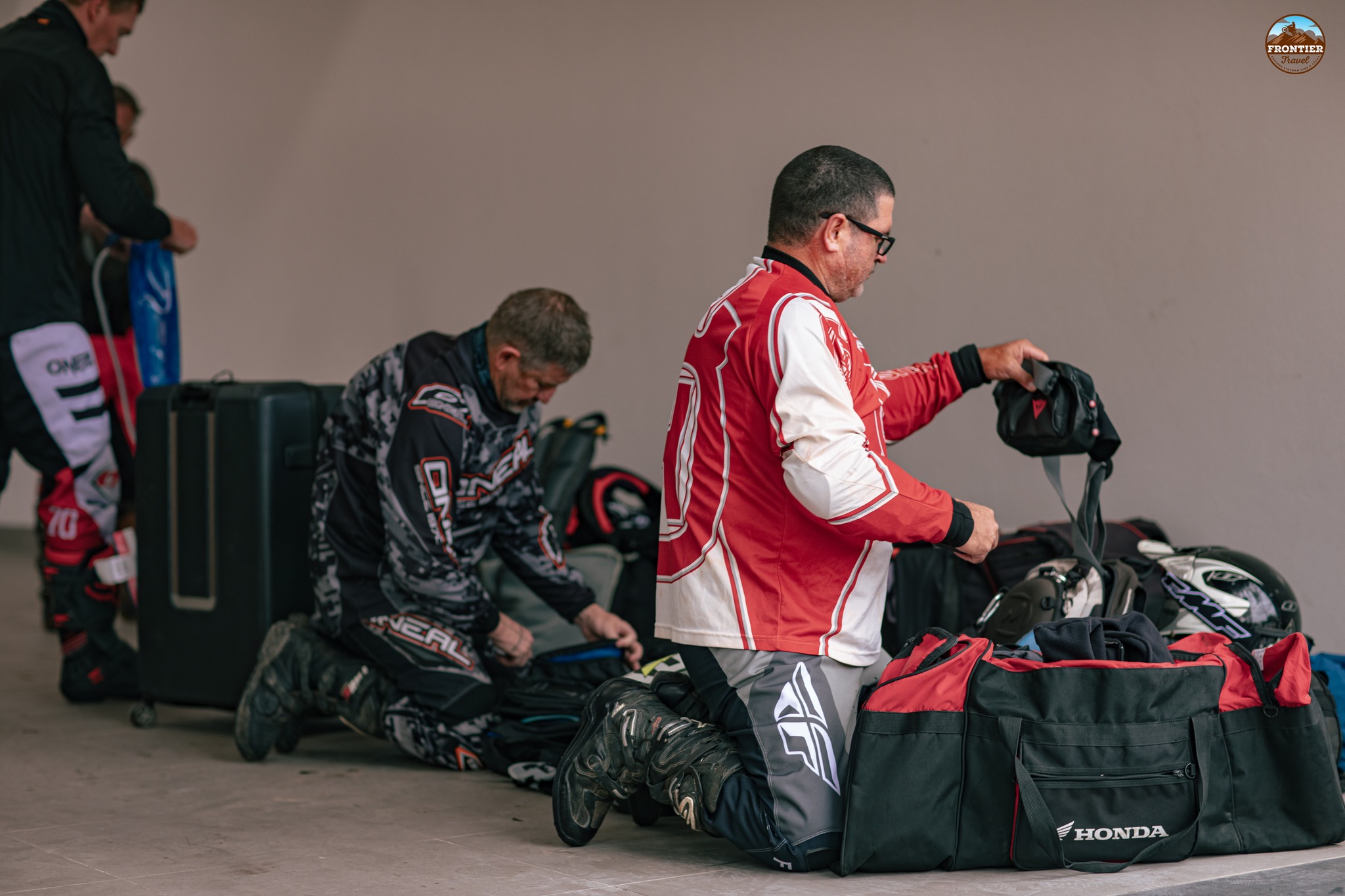
Conquering the Ha Giang Loop, Vietnam requires careful preparation and a spirit of adventure. By packing wisely and planning ahead, you'll be ready to fully enjoy the stunning landscapes, cultural experiences, and thrilling rides this incredible region offers. Gear up, hit the road, and discover the magic of Ha Giang with Frontier Travel Vietnam motorbike tours!





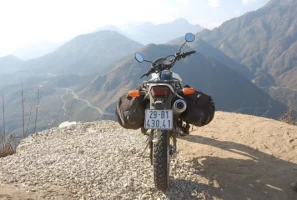
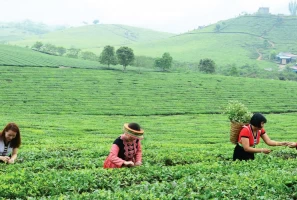

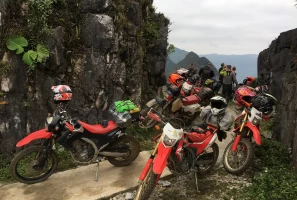
.png)